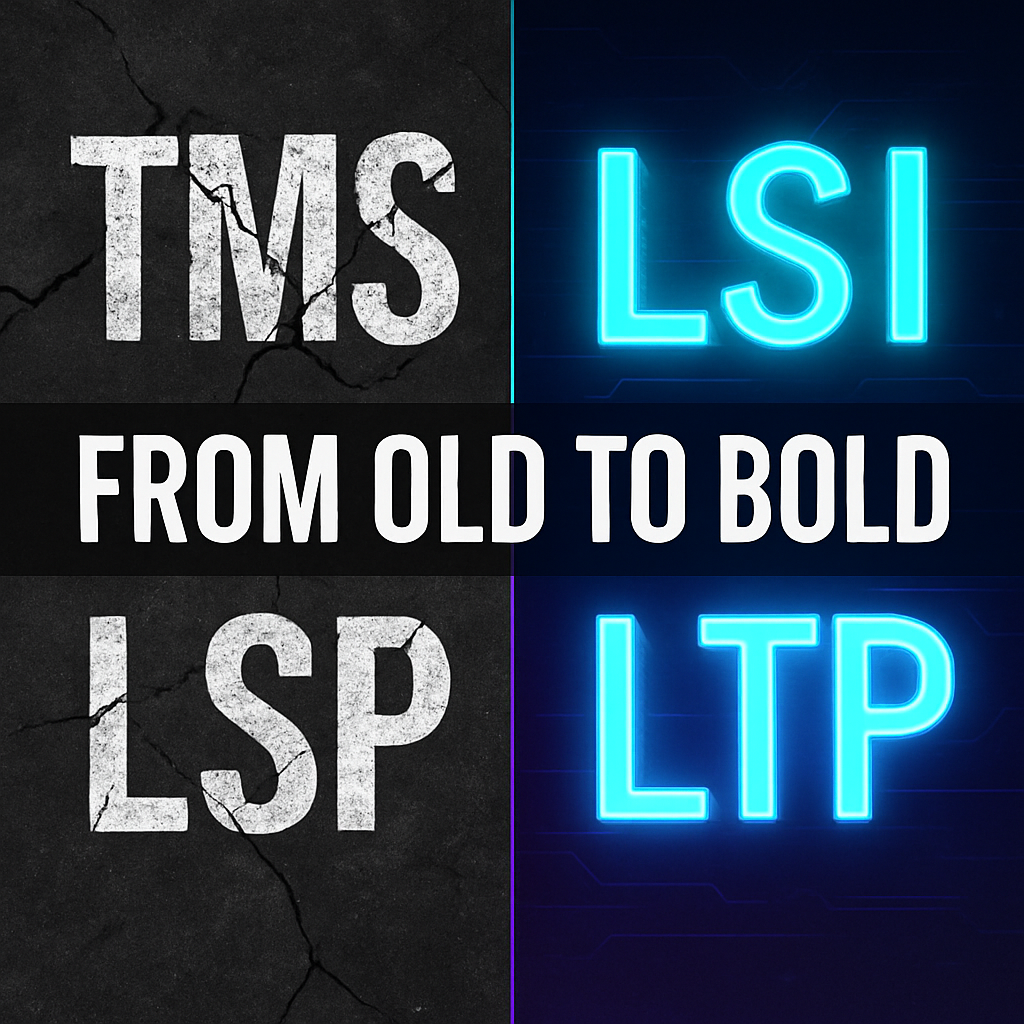Video translation services should be an essential focus for businesses who want to grow globally and enjoy higher international engagement rates.
Despite consumers spending 100 minutes per day on average watching video content, and 93% of marketers stating video is an integral part of their strategy, this medium often takes a back seat when it comes to foreign audiences. Luckily, there are many collaborative translation tools that make it easier to prepare this content for new markets.That’s not to say there aren’t pitfalls.
Localization project managers make many common mistakes, like targeting the wrong markets or relying too heavily on automated transcripts when they try to translate their video content, limiting the effectiveness of their campaigns. However, with the right targeting, tools, and strategy, they can see increased engagement and brand recognition while creating a more inclusive experience.
Making the Right Choices for Video Translation Services
Most people who want to get started with video translation services wish to expand their reach in major markets. As a result, they’ll target Chinese, French, Hindi, or other widely spoken languages. However, this “shoot at everything that moves” localization strategy can get out of hand quickly and doesn’t typically pay off well.You actually have all the information you need to help target the right audiences already.
Platforms like YouTube and Vimeo offer metrics on your videos, broken down by region, that you can use to guide your decision. See where the most interest comes in and consider translation into those areas first.Next, you’ll have to decide between subtitles or voice-overs. This decision is more straightforward because, in either case, you’re going to need transcript translation.
Even if you choose to do a voice-over, your voice actor will need a script. On the translation of that transcript, you can upload the content for foreign language subtitles. Then, you can keep an eye on the metrics for that video to determine if it’s worth it to get your content dubbed.The key is to use actionable information, not speculation, to guide your video translation plans.
After all, it’s far better to get hundreds of views in a lesser spoken language than only a handful in the major ones.If you’re working with the right company, then every subsequent multimedia translation project gets easier because you already have the foundation of your program established. As you grow your brand in smaller languages, you can ramp up to larger ones. Of course, that’s only if you have the right plan in place from the beginning.
Common Video Translation Mistakes to Avoid
We have seen international video campaign efforts fall flat because the project manager fails to take into account common pitfalls that make these projects different from any other. There are three key issues to avoid if you want to succeed when translating video content.
#1: Not having the right tools
Despite the abundance of free translation tools like YouTube, Veed.io, and even simple “voice-to-type” options in Google Docs, all have shortcomings that need to be noted. Let’s take a closer look at YouTube, which offers free captioning in thirteen languages. Although free, these captions are automated and run on machine learning. As a result, there will be errors—many of them significant.
When captioning an English video with English content, this won’t be much of a problem; the subtitle is likely just a supplement for the spoken words. However, when it’s all your foreign audience has to focus on, it can be a critical problem.Your subtitles will be the single source of truth for this audience, and errors in your source language will breed even bigger errors in subsequent translations.
To provide the best experience, you need more than machine-generated content. You need a collaborative localization management platform that offers translation memories, glossaries, and total content ecosystem management. This process ensures accurate translation to provide a better experience for users.
#2: Failing to establish a robust QA process
We’ve seen the QA process for transcripts get overlooked very frequently. To save time, managers will typically receive their returned content, render it, and call it “good.” However, this leaves out a major part of your process.
Uploading the new subtitles to voice-over could result in unintentional errors that lead to poor performance. Individuals won’t watch a video that constantly buffers or skips, so all the translation effort is wasted.Another QA step is necessary after the video is uploaded with the new subtitles or voice-overs. That way, the uploader can iron out any technical issues that would limit the campaign’s effectiveness. Adding this step saves money in the long run as it eliminates problems that would keep people from watching the content.
#3: Building an unsustainable workflow
Video takes a lot more work than simple text translation as files must be broken down and put back together—more steps equal more workflow management. With a video catalog of any significant size, this can quickly get out of hand.
This problem is especially prevalent with updates and changes to existing content.An automated translation process that triggers jobs when a source file changes is an excellent way to manage the workflow. The user uploads a new video, and the translation agency immediately starts a new job to update the content. When complete, they also upload it on the company’s behalf.
This continuous localization process is far more streamlined and easy to manage if you have a lot of content.Investing in video translation services is an excellent way to reach new markets with your content. While there are free options available, it’s wiser to work with a company that provides the tools you need for support. This way, you preserve the customer experience and ensure a strong translation ROI.
Unlock the power of glocalization with our Translation Management System.
Unlock the power of
with our Translation Management System.
















.avif)









.png)